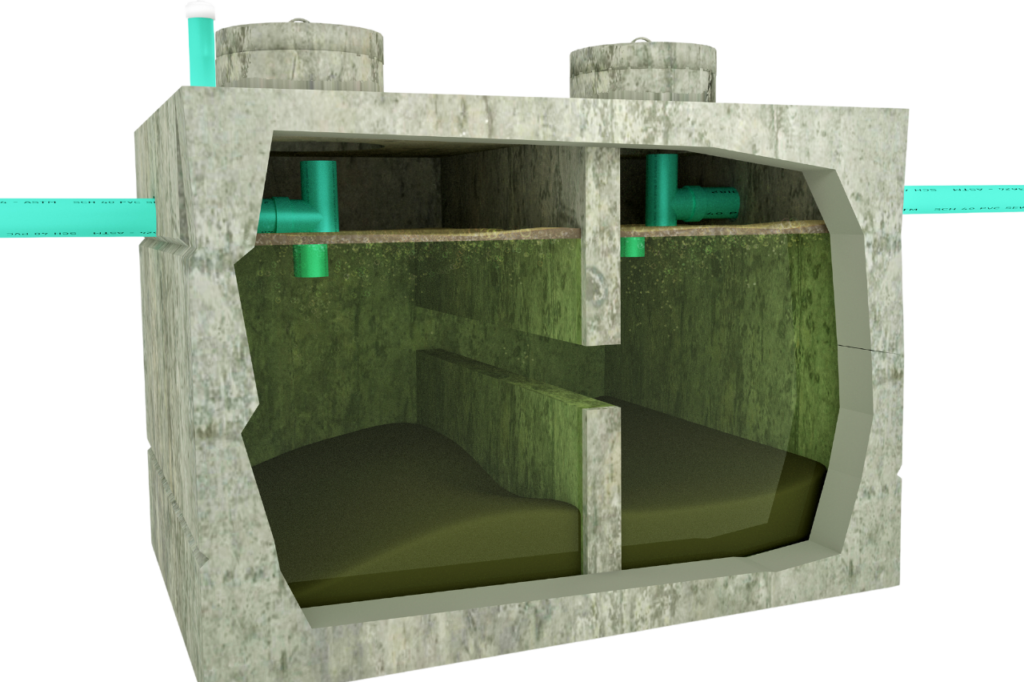Septic tank aeration is an important part of keeping your septic system running smoothly. Learn what septic tank aeration is, why it’s important, and how you can maintain your tank for maximum efficiency.
Table of Contents
ToggleWhat is Septic Tank Aeration?
Septic tank aeration is the process of introducing oxygen into a septic tank in order to remove harmful bacteria and keep it working efficiently. This process helps create an environment that keeps waste breakdown occurring at the right rate, reducing sludge buildup and preventing potential clogs. Aeration also helps reduce unpleasant odors that are often associated with sewage systems.
How Does Septic Tank Aeration Work?
Septic tank aeration works by introducing oxygen into the system, either through a device installed in the tank or through forced air. The oxygen flow helps activate helpful bacteria that break down and digest organic material, as well as reduce hydrogen sulfide gas levels. Septic systems that lack oxygen may be subject to clogs, build-up of hazardous gases, and inefficient waste digestion. Proper aeration keeps the septic tank healthy by providing an atmosphere for bacteria to grow and do their job effectively.
Benefits of Aerating a Septic System
Aerating a septic system is essential to keeping a septic tank healthy and operational for years to come. Some of the benefits of aerating a septic system include improved waste digestion, reduced sedimentation, better system performance, reduced odors from hydrogen sulfide gas, fewer occurrences of clogs, and extended longevity of the septic system.
Tips for Maintaining a Properly Aerated Septic System
The best way to ensure your septic tank remains properly aerated is to follow these simple tips and guidelines. To start, replace your anode rods every 2-3 years to prevent corrosion and reduce sediment buildup. You should also make sure your air pump is working and free of clogs or blockages. Additionally, be sure to clean any debris from the tank that can disrupt the flow of air such as vegetation, leaves, twigs, and branches. Lastly, regularly inspect and monitor the system for any signs of trouble such as accumulation of slow gases or wet spots around your septic tank.
FAQs About Septic Tank Aeration
If you’re new to septic tank aeration, here are some of the most frequently asked questions about this process.
Do I need to aerate my septic tank?
Yes, aeration is a vital part of keeping your septic system functioning properly so it’s important to make sure you have an adequate and properly functioning aerator in the system.
How often should I check on my septic tank aeration system?
We recommend inspecting and monitoring your septic tank aeration system at least every six months.

